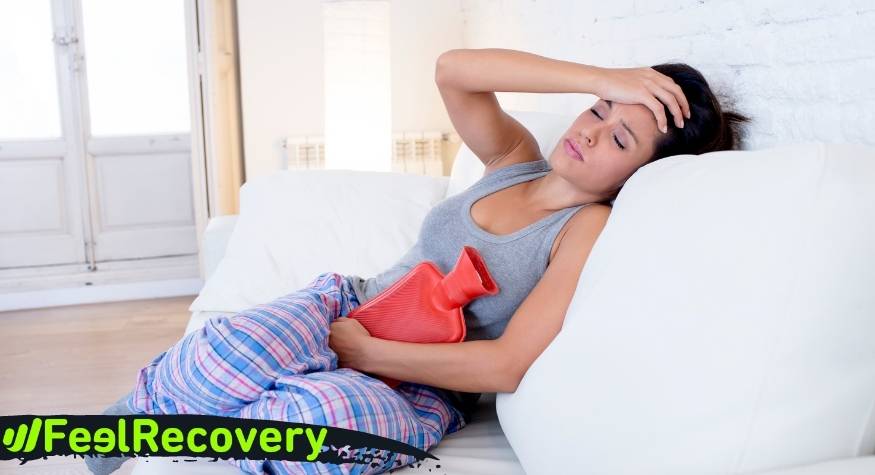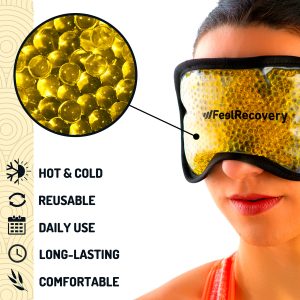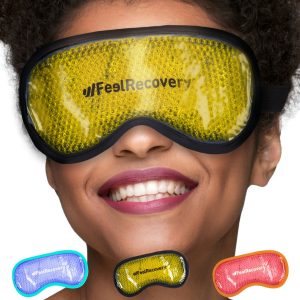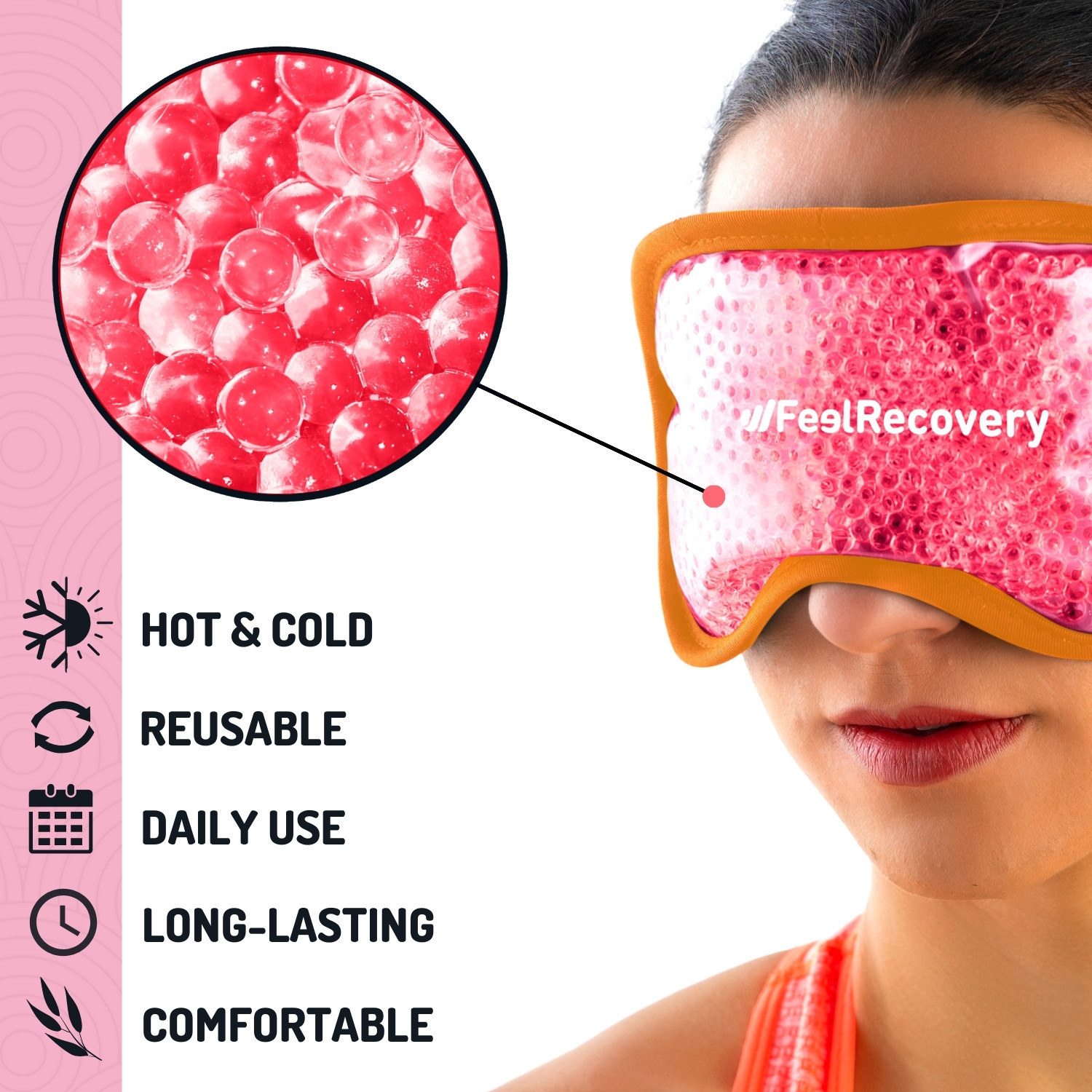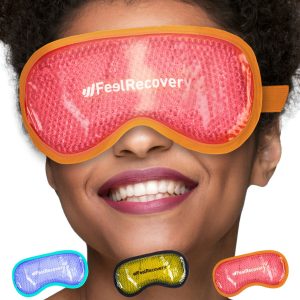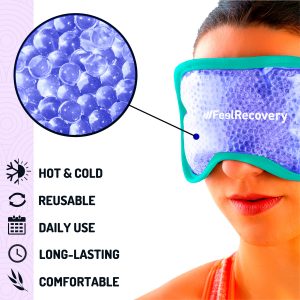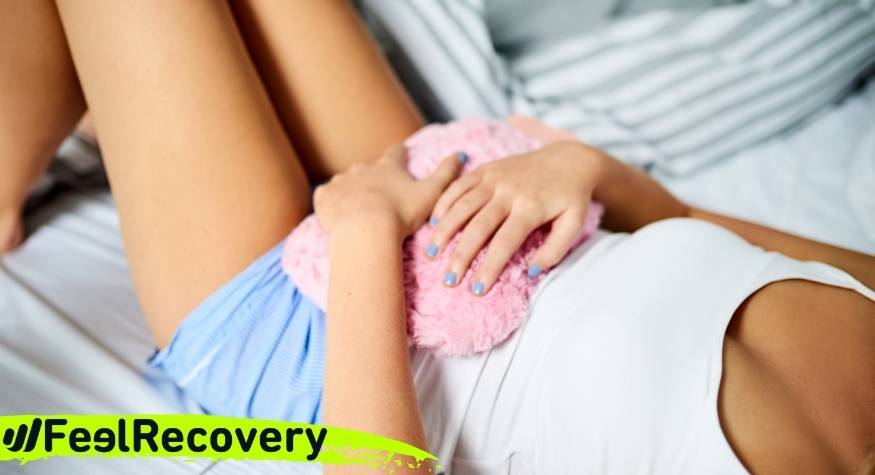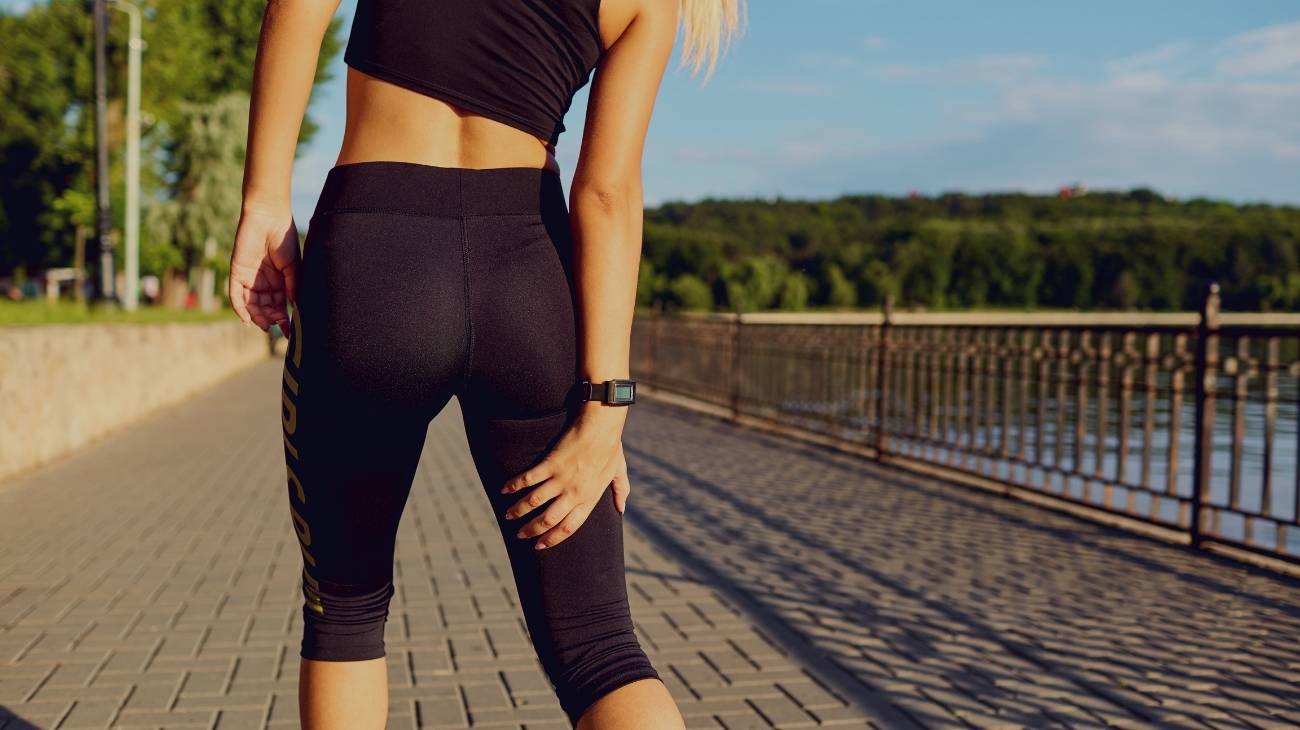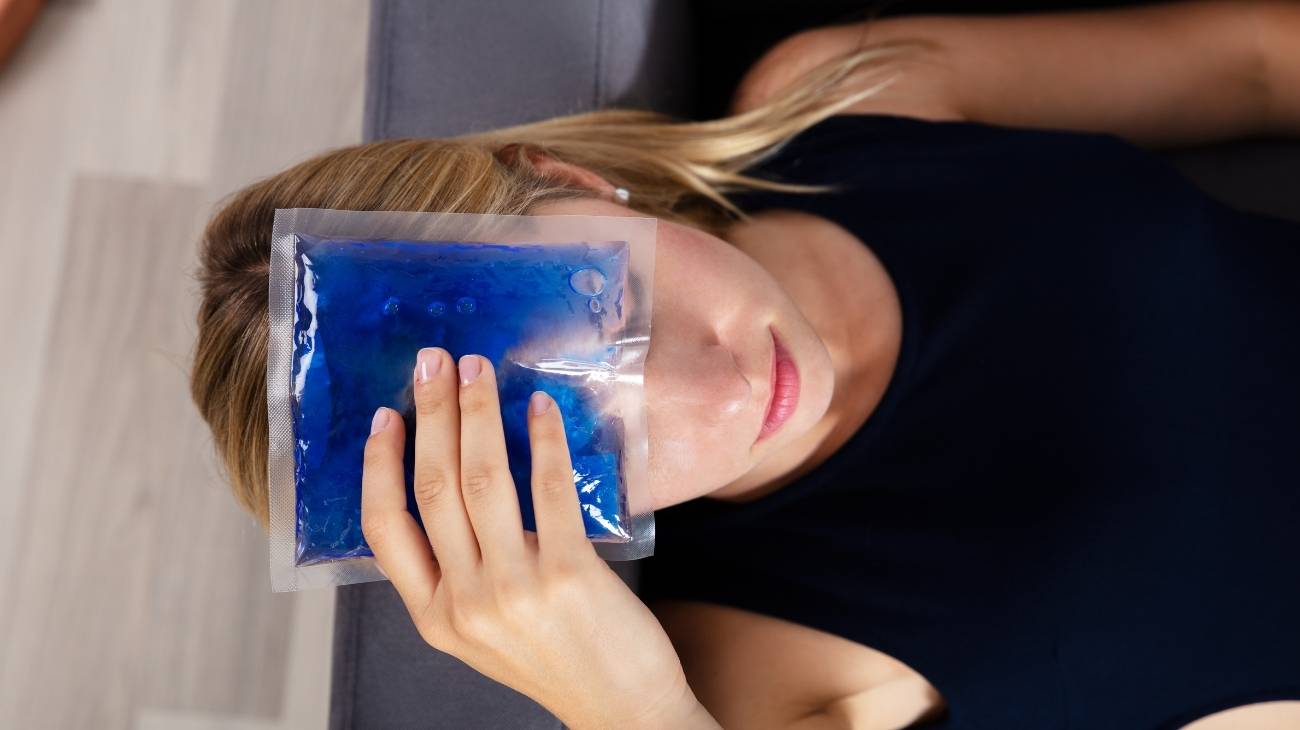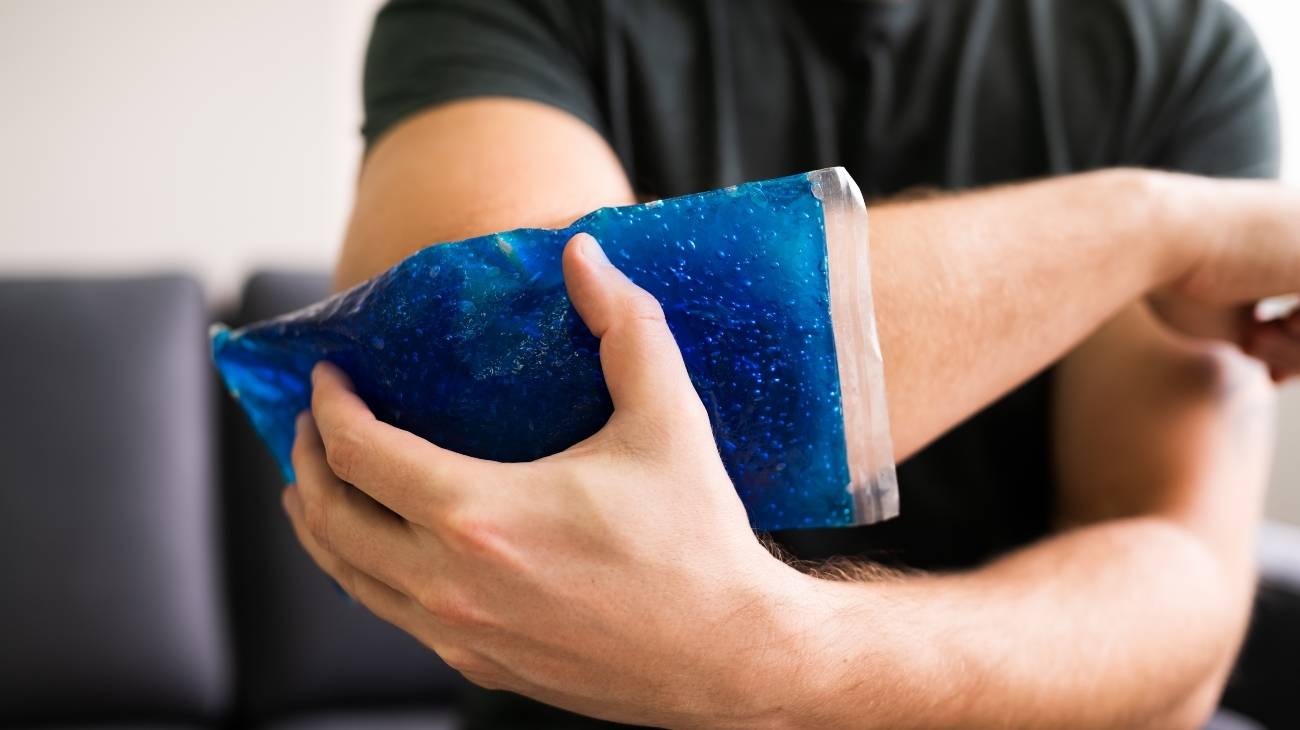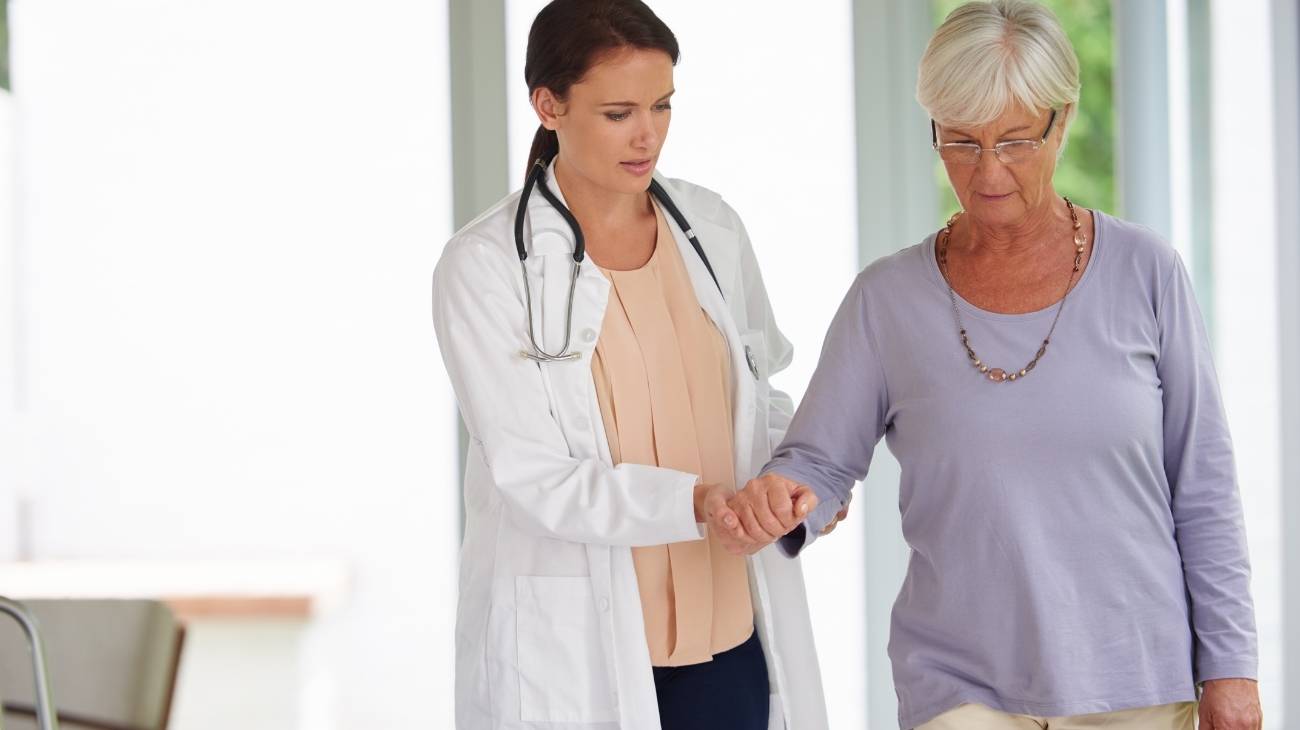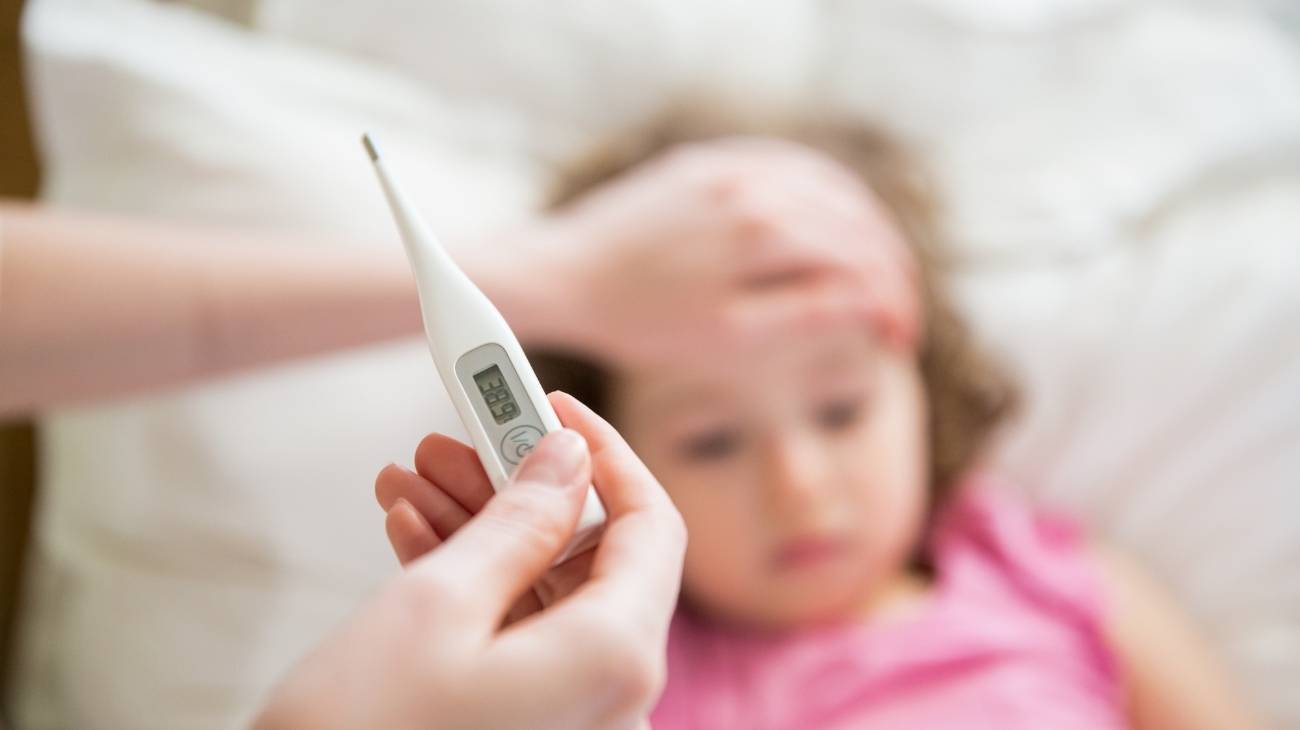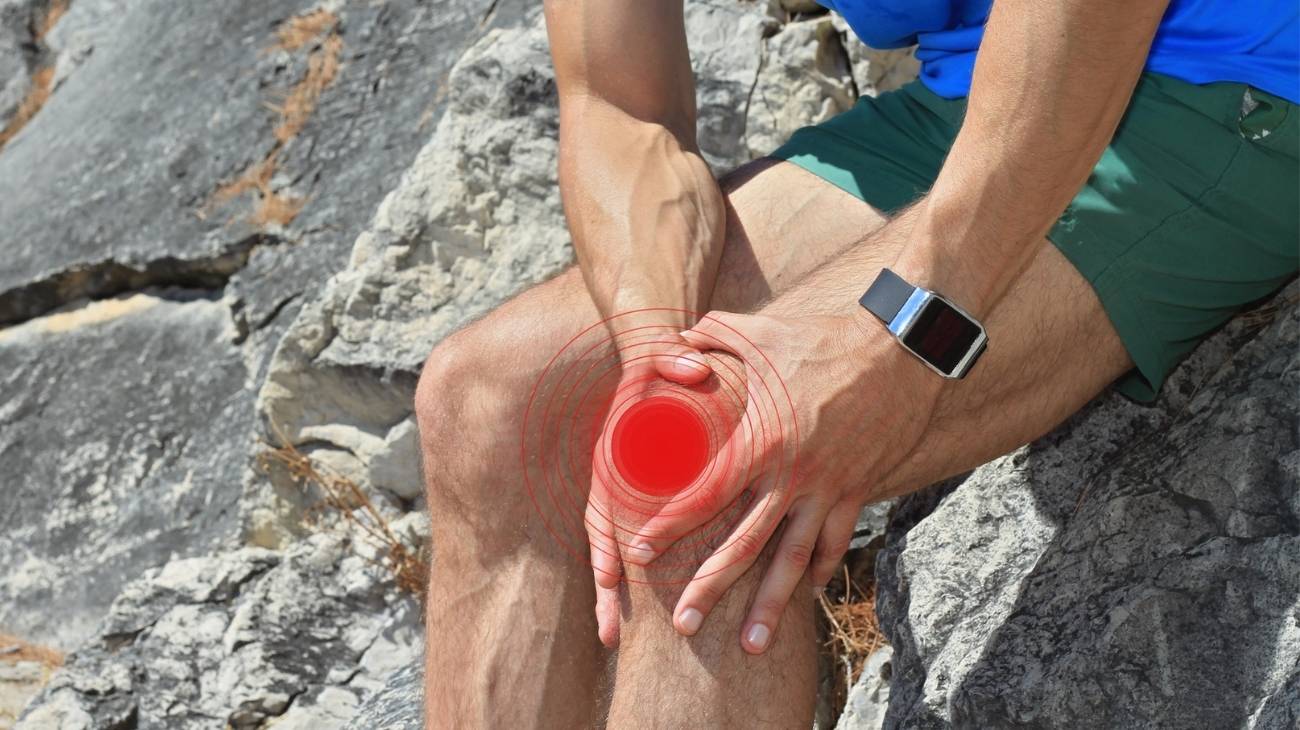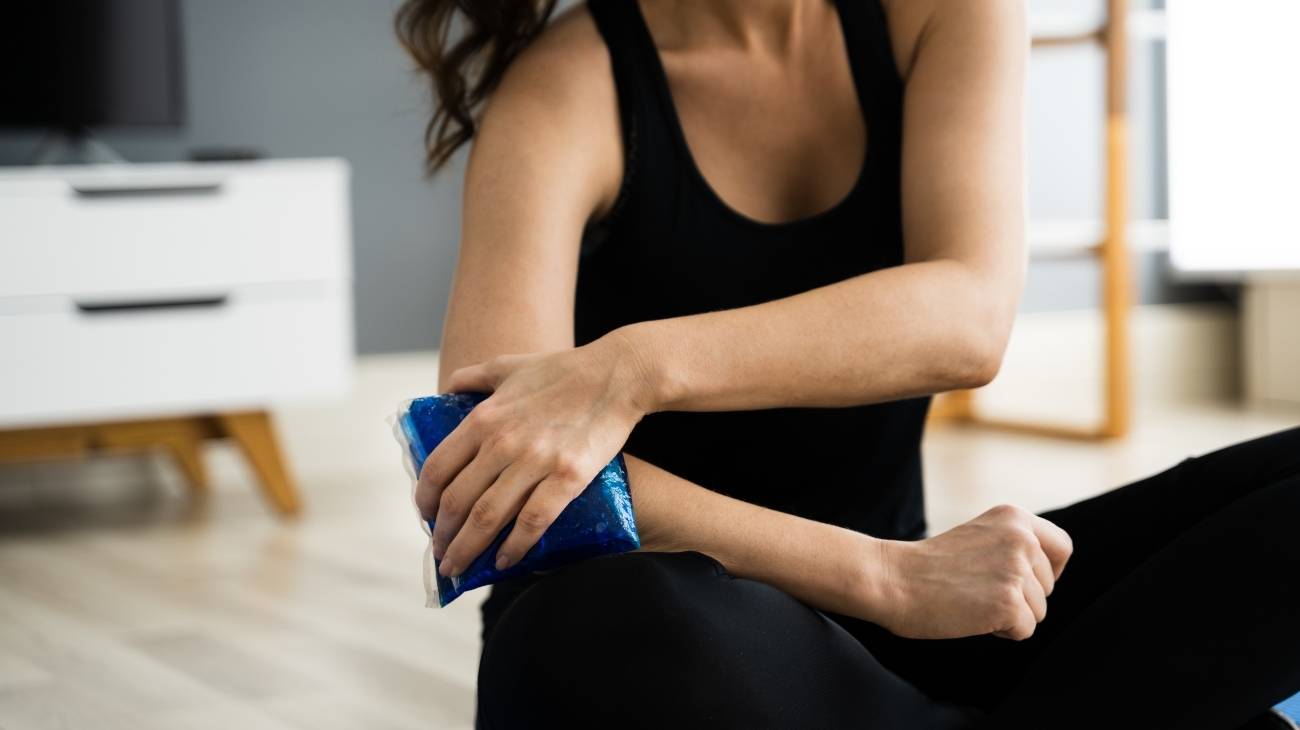Hot and cold gel packs are a very practical and effective solution to relieve pain from menstrual cramps and cramps. As we know, most women have experienced menstrual cramps throughout their lives.
They usually appear 6 months after the first menstruation and cause discomfort a week before each menstrual cycle. During the first 3 days of your period the pain gets more intense and can affect your daily activities. Read on and find out all the details!
What are the causes and origin of menstrual cramping?
Dysmenorrhoea or menstrual cramps is a disorder of the female reproductive system that is characterised by menstrual pain. Although it is a common disorder, it has been established that it affects only 30% of women of childbearing age. It is important to know that this condition is usually more present in youth and with the passage of time it usually disappears. In fact, in some women, when they have their first children, it has improved and has not even reappeared.
However, in order to recognise this disorder, it is necessary to know some important facts. The uterus is covered by a layer of tissue called the endometrium which usually grows month by month to nestle the fertilised egg. When fertilisation does not take place, the endometrium is shed and menstrual bleeding starts.
For the uterus to empty of this tissue, it must contract. This is where the body begins to release chemicals such as prostaglandins that cause contractions similar to those of childbirth. The intensity of the contraction varies from one woman to another, some may experience them mildly and others very severely.
Two types of dysmenorrhoea have been established, a primary and a secondary one, from where its possible causes have been established:
Primary dysmenorrhoea
It is the most common form of presentation and starts in youth and improves with age and birth. There is no preexisting pathological condition that could be causing the pain during menstruation.
This disorder has been associated with the exaggerated production of prostaglandins, which are chemical substances that produce pain. As we have already mentioned, prostaglandins cause contractions and this generates the so-called cramps. In primary dysmenorrhoea, pain may appear a few days before the start of menstruation. It usually only lasts a few days, although cases have been described where the pain has been more prolonged.
It is usually associated with certain risk factors such as:
- Menarche or first menstruation before the age of 11 or very long and heavy periods.
- Tobacco and alcoholic habits during menstruation.
- Women who are overweight or underweight.
All these risk factors have been associated with chronic inflammatory processes that cause increased release of prostaglandins.
Secondary dysmenorrhoea
In the case of secondary dysmenorrhoea, menstrual pain is often associated with other pathologies of the female reproductive system. It usually occurs years later than the first menstruation. It is a pain that can occur days before the menstruation and continue after it has ended, and can get worse over the years.
The most frequent pathologies that usually cause secondary dysmenorrhea are:
- Endometriosis: This is one of the most severe conditions causing menstrual cramps. It occurs when the tissue that lines the inside of the uterus (endometrium) grows outside it. The most common areas are the ovaries, fallopian tubes, and rarely organs outside the uterus.
- Fibroids or uterine fibroids: These are tumours that grow in the uterus and are benign, i.e. they do not cause cancer. They are very common, and can appear on the walls of the uterus, on the surface that covers it internally or externally. They are caused by hormones or by a genetic predisposition.
- Ovarian cysts: These are small fluid-filled sacs that can appear on the ovary or its surface. They can appear during the menstrual cycle and disappear spontaneously without causing any discomfort. However, some can generate severe symptoms, especially if they break.
- Ectopic pregnancies and abortions: These two entities are often confused with painful menstruations. Ectopic pregnancy occurs when fertilization has been effective outside the uterine cavity. And abortion is the loss of the product of conception with pain and heavy vaginal bleeding.
- Infection: Uterine infections are another cause that can lead to severe dysmenorrhoea. As there is an infectious process, inflammation and consequently pain is generated, especially in the menstrual cycle.
- Other diseases not related to the female reproductive system: There are other conditions that can cause dysmenorrhoea that are not associated with the uterus and its annexes. The most common are urinary tract infections and irritable bowel syndrome.
Bestseller
What is best for reducing pain from menstrual cramps, cold or heat?
Medications such as painkillers can be effective during menstrual cramps. However, if you are one of those who prefers not to use medication, but rather other alternatives, it is advisable to know about hot and cold therapies.
Benefits of applying cold
Cold has been used since ancient times to reduce inflammation and improve pain in musculoskeletal conditions. The method consists of applying low temperatures for a set time of 10 to 20 minutes to the affected area.
Its benefits can be noticed from the very moment it is applied, among which the following stand out:
- Reduction of pain: After a few minutes of applying the cold you can notice how the pain begins to diminish. This is because the cold causes a decrease in the activity of the peripheral nerves. This action is associated with the decrease in blood flow caused by the cold in the tissues where it is applied.
- Decrease in inflammation: The spontaneous action of the cold on the blood flow is to reduce it in a localised way. This prevents the pro-inflammatory elements of the body from reaching the site of the injury. It also reduces the metabolism of the tissues, thus avoiding inflammation.
- Avoid tissue damage: When the cold performs its action it causes a slowing down of the physiological processes of tissue damage. When applied locally, it avoids further damage, ensuring a faster improvement of the injury and adjacent soft tissues.
When menstrual cramps occur there is a contraction of the smooth muscle of the uterus which is the cause of the pain. Although cold is very effective in musculoskeletal conditions, heat is much more effective in the case of dysmenorrhoea.
Benefits of applying heat
Heat as well as cold has excellent benefits in the case of pain of many kinds. Its great feature is that it relaxes the muscles, ligaments and tendons and contributes to better circulation of the tissues. As heat is a vasodilator par excellence it is not recommended for use in acute inflammatory processes. However, it is without doubt one of the most effective and economical therapies, which is why it is commonly used.
These are some of its benefits:
- Improves muscle spasms: When heat is placed in the pelvic area it increases blood flow in a localised manner. This results in greater blood circulation which brings more oxygen and nutrients to the tissues. In this way, pain is considerably improved.
- Relaxes and restores elasticity to the tissues: The warm temperature causes a better relaxation of the tissues, especially the muscles. In the case of dysmenorrhoea it is an excellent option because by relaxing the uterus it considerably improves pain.
- It causes a feeling of well-being and comfort: The increased blood flow in the affected area improves the distribution of oxygen and nutrients in the tissues. Thus, it guarantees a faster and more satisfactory recovery from menstrual spasms or cramps.
How to use hot/cold gel packs to reduce menstrual cramps and pain?
As we have already explained, to reduce menstrual cramps and pain it is better to use heat. Our gel packs are not designed to be used in heat, however they can be heated if necessary. There are two methods, in microwave oven and in bain-marie, here we explain in detail the correct process.
Remember to follow these recommendations to the letter to avoid accidents and damage:
In microwave oven
The microwave heating process is quite simple, you will find it very easy:
- Start by placing the gel pack in the microwave at 800W for 30 seconds. The microwave may not have the power, so it's best to adjust the seconds until the right temperature is reached.
- After a few seconds, remove it to check the temperature to the touch. It is necessary to massage the gel pad so that the heat is distributed evenly throughout the pack.
- If it has not been heated enough, it should be returned to the microwave and heated for a further 10 seconds.
- If, on the other hand, the temperature has been exceeded, it is important to take it out of the microwave immediately and let it rest. When it has cooled down completely, the heating process must be started again.
- If the temperature is correct to the touch, place the pack on the lower abdomen. It is placed for 10 to 15 minutes and repeated every hour, during the days that the menstruation lasts. Our pouches do not require the use of cloths or protective covers, they can be used directly.
- The heating process of the gel pad should always be supervised. It is possible that the pouch may dilate, which means that the package has exceeded the recommended temperature. In that case, it should be removed and wait for it to decrease and cool down before repeating the process.
- If the package breaks from the gel pack, remove it from the microwave, let it cool down completely and discard it.
- Do not heat a frozen gel pack, always try to wait until it is at room temperature.
- Under no circumstances should you try to heat a gel pack in the oven.
In a bain-marie
- Heat in a pot with approximately 3.5 litres of water.
- When it has boiled, remove it from the heat and put the gel packs in for no longer than 7 minutes.
- After that you can remove them from the water and dry them with a dry towel or cloth.
- Check with your hands that the packs are at the right temperature.
- Also check that there are no gel leaks or breaks in the pad. If that happens it should be discarded.
- Place in the belly area as described above.

